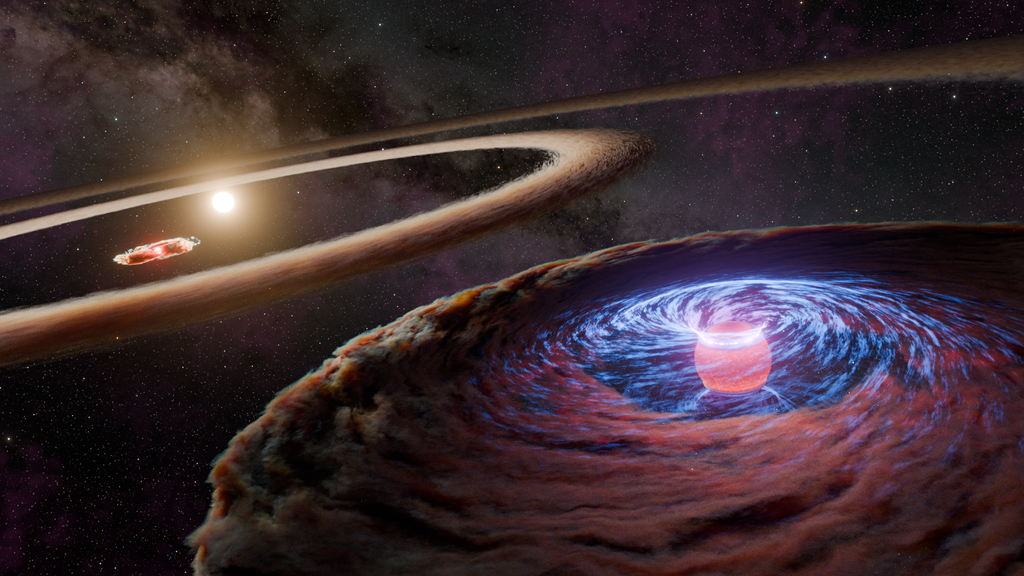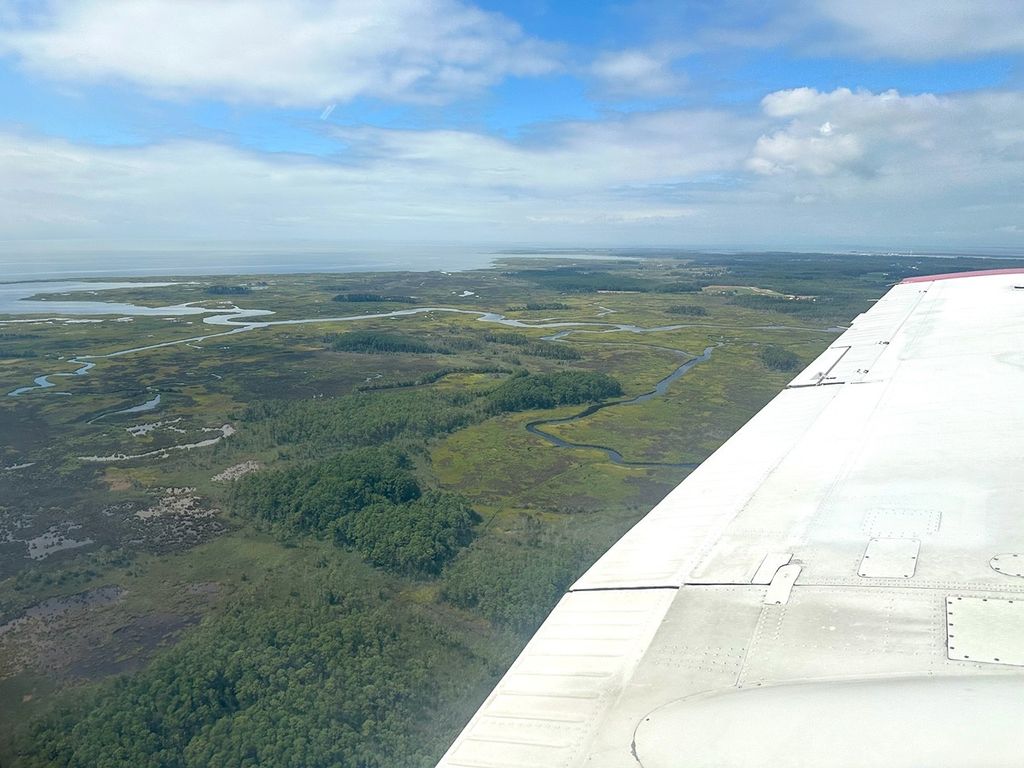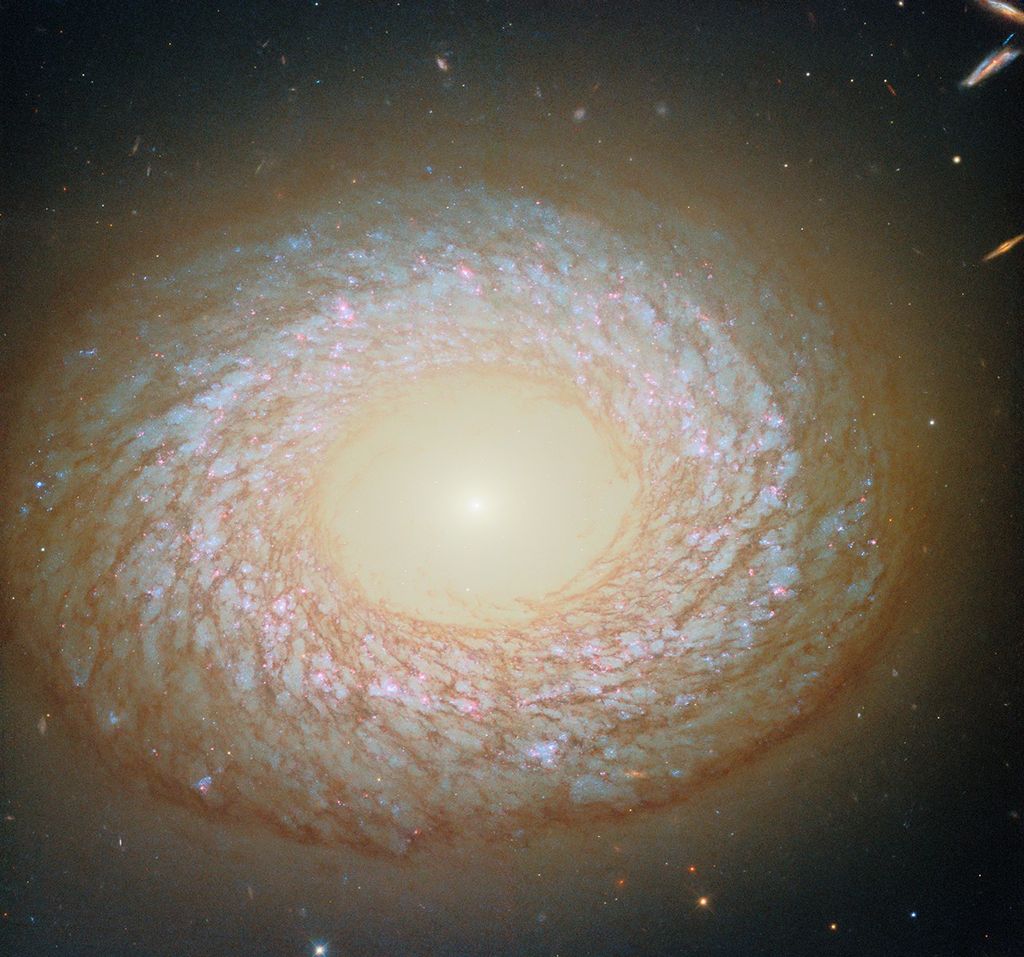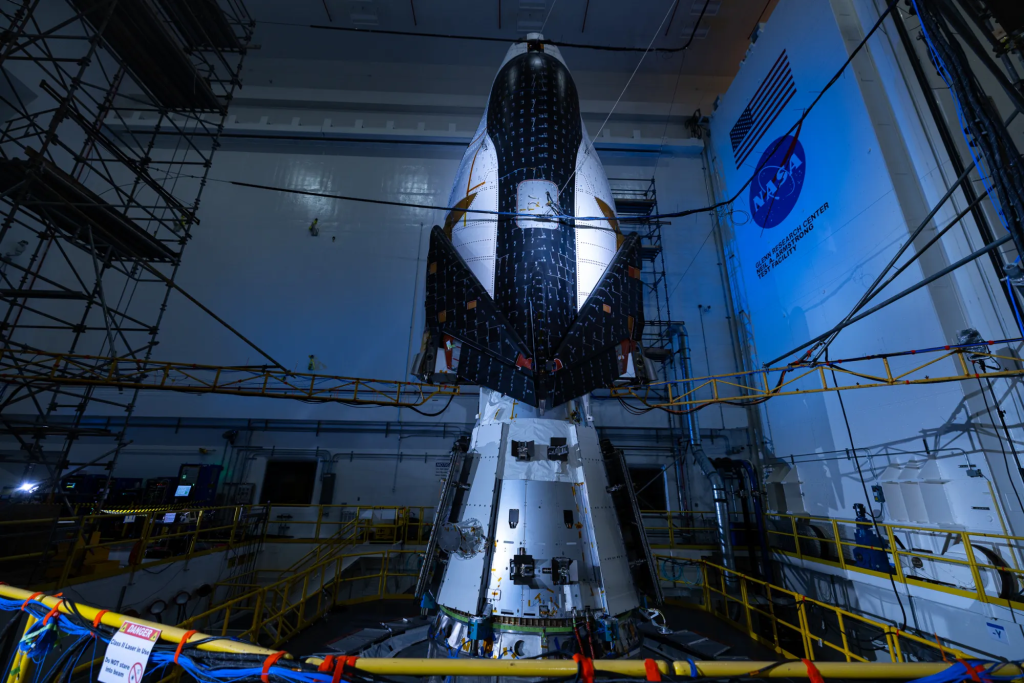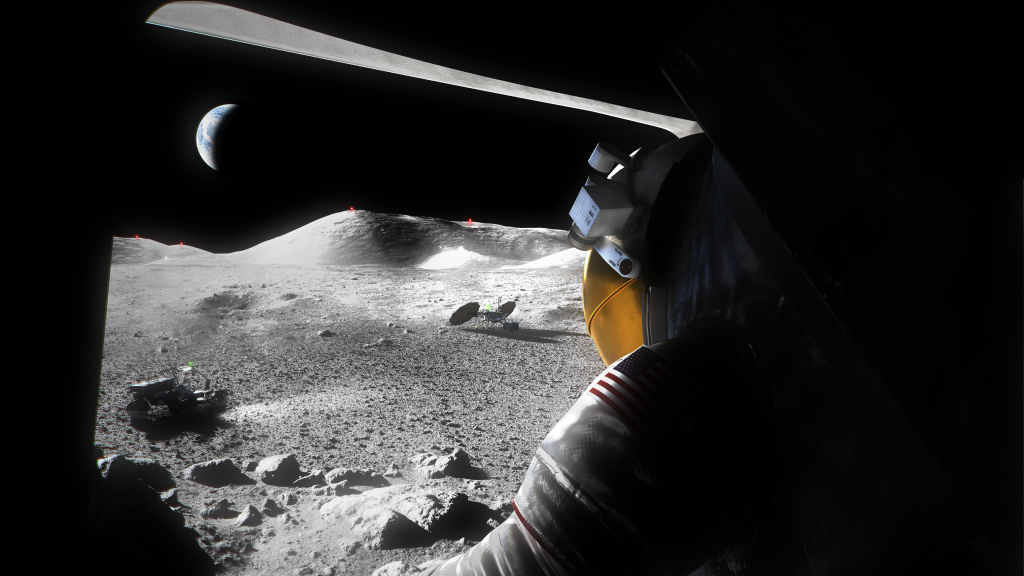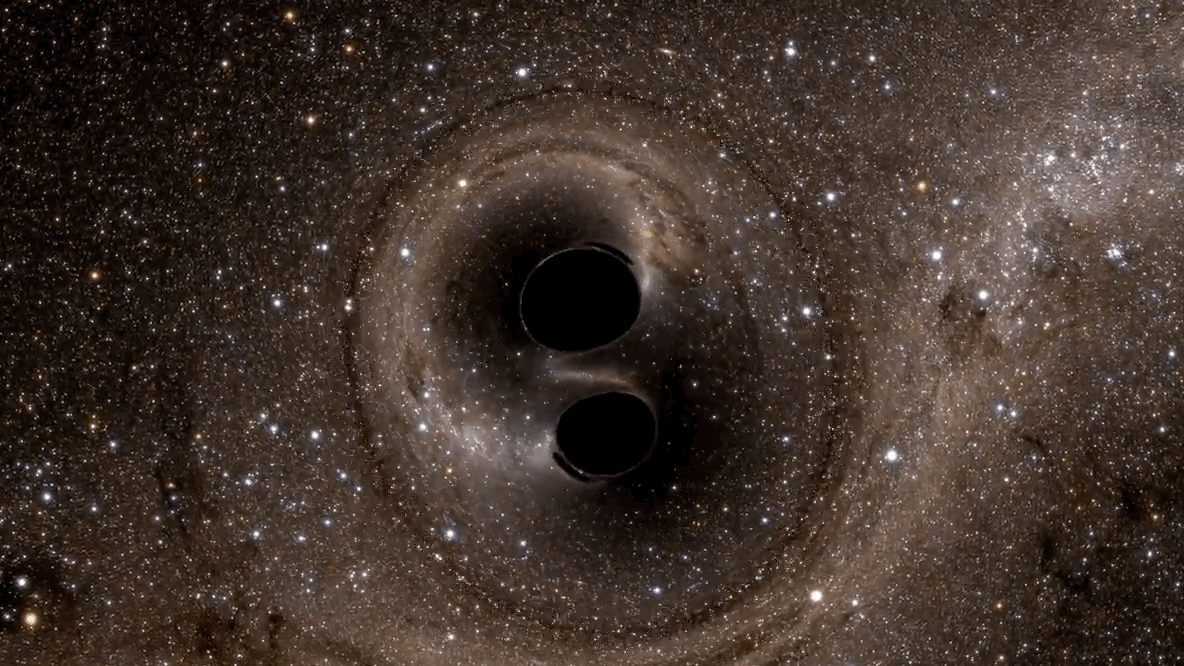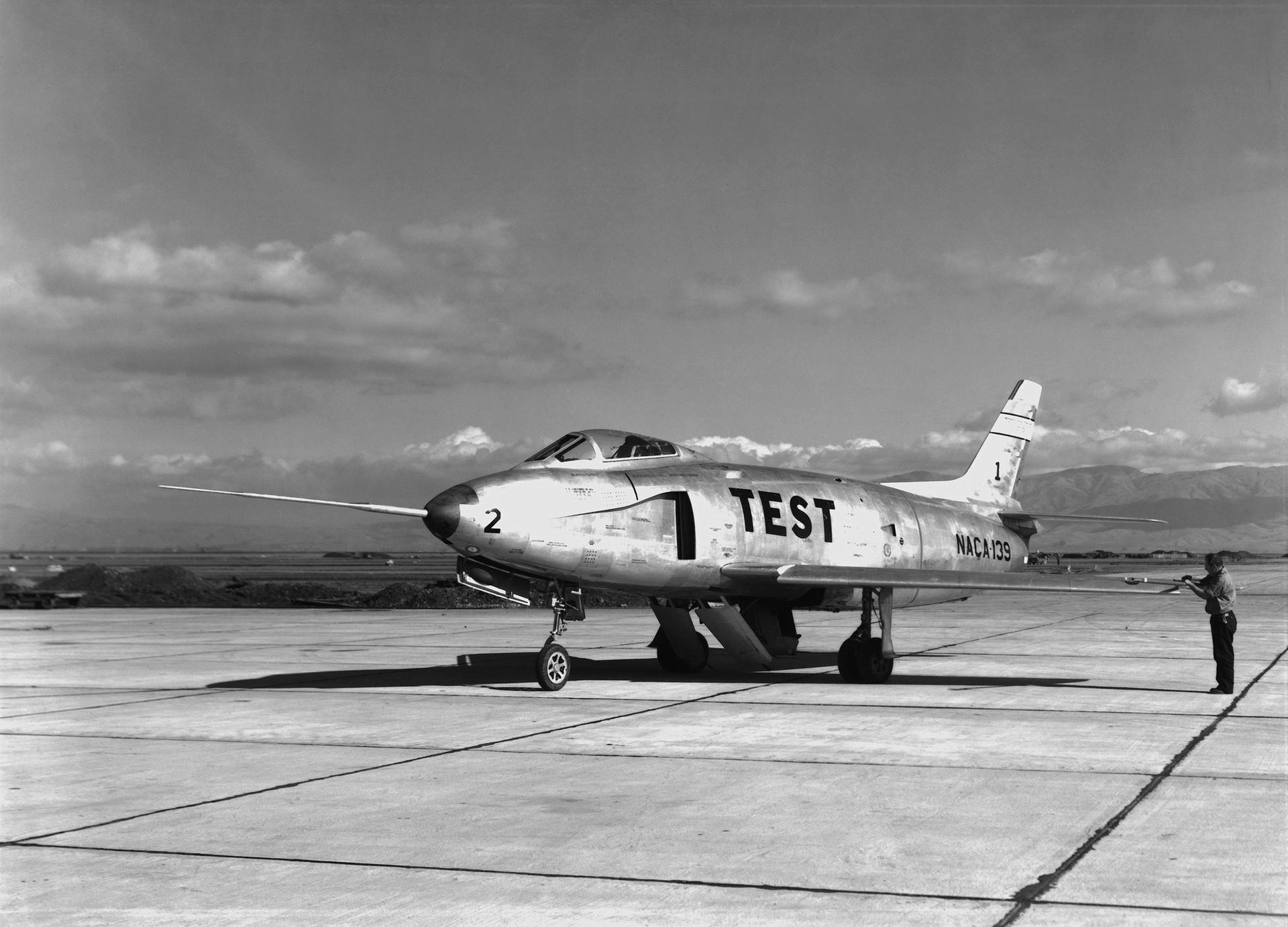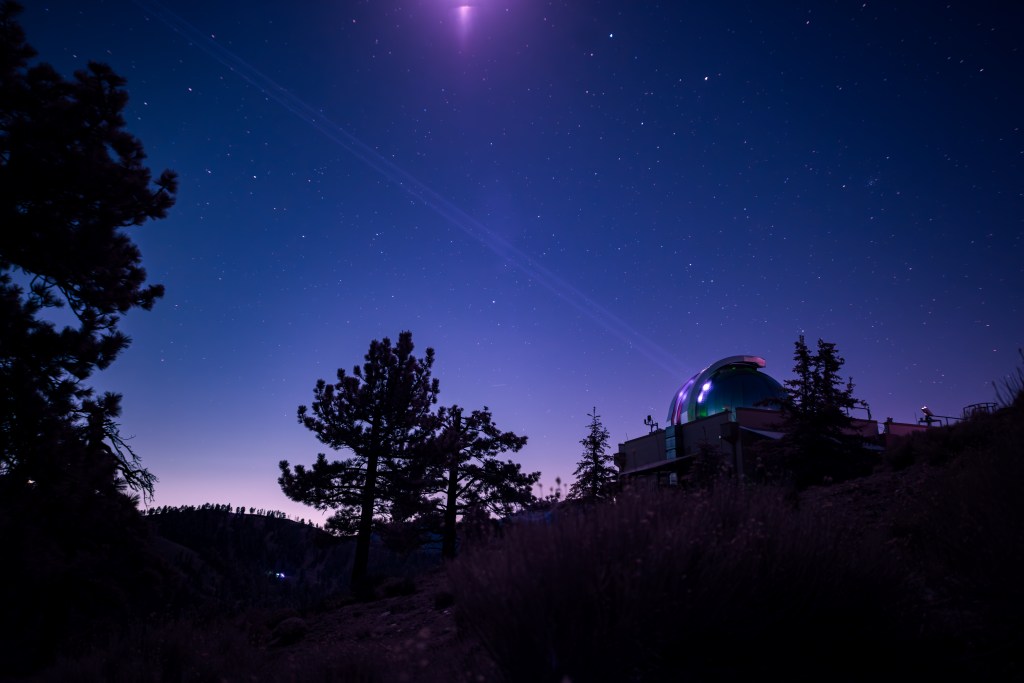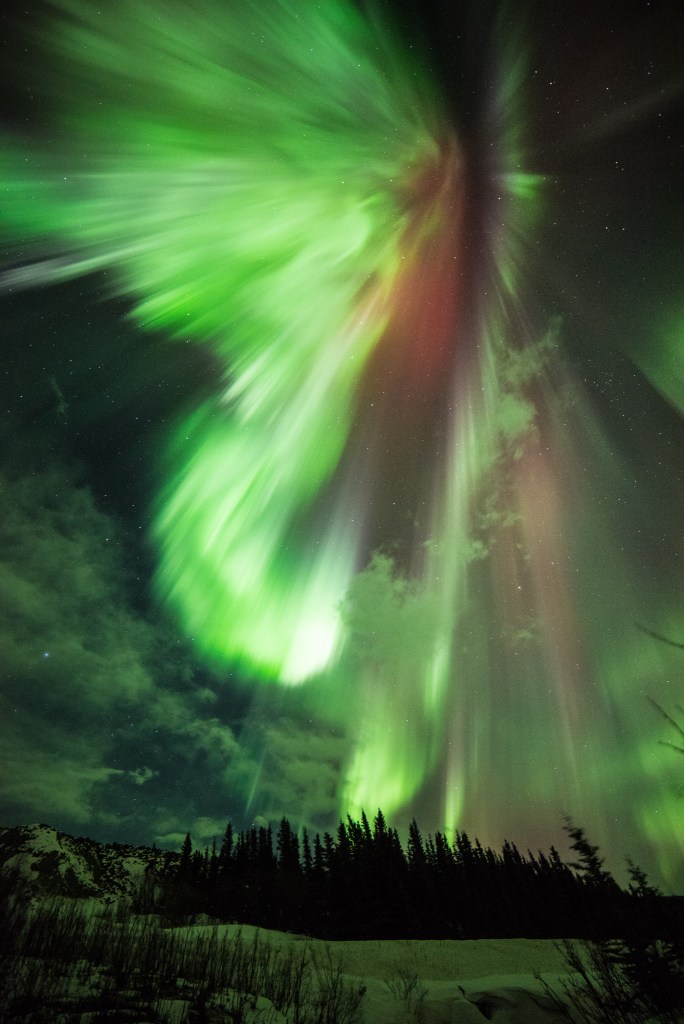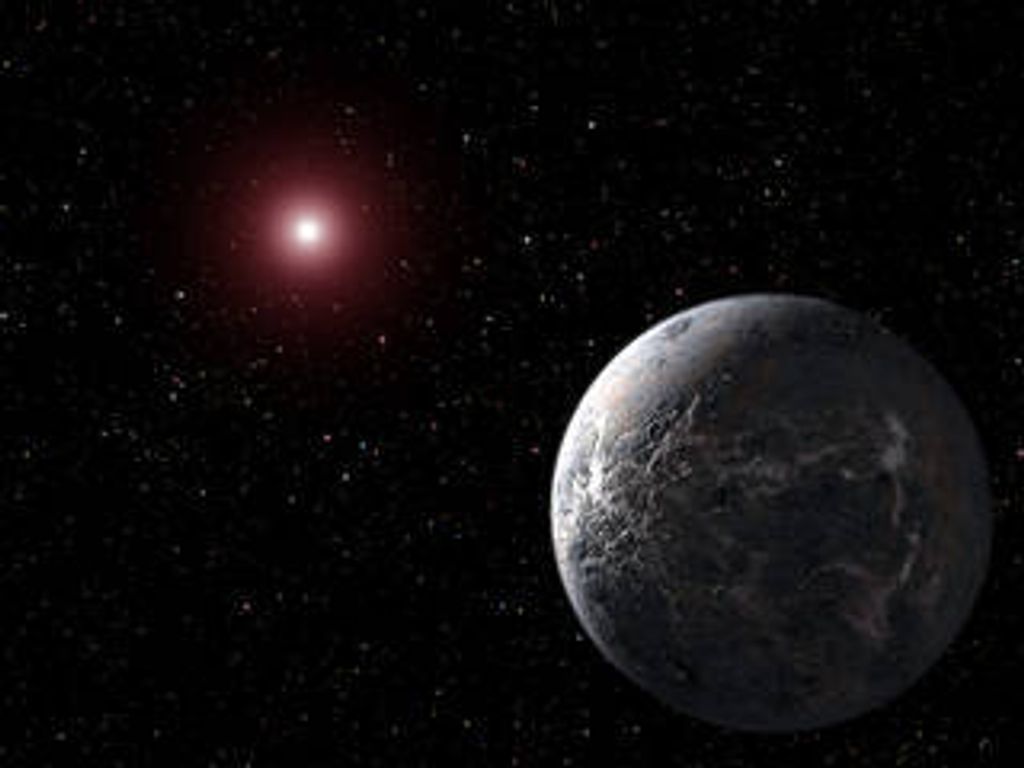By Shanessa Jackson
NASA’s John F. Kennedy Space Center
The recent efforts of the New Mexico Institute of Mining and Technology are a compelling example of the ways NASA STEM Engagement is transforming students and institutional participants. NASA’s Minority University Research and Education Project (MUREP) seeks teams from minority serving institutions (MSIs) to participate in the NASA MUREP Innovative New Designs for Space (MINDS) challenge. NASA MINDS is a hands-on design-and-build collegiate learning experience where teams independently select a technology that not only interests them, but is also critical to NASA’s Artemis missions, which will send the first woman and first person of color to the Moon.
New Mexico Tech provided two of the 33 teams that participated in NASA MINDS 2022: Rolling Miners, “Bio-inspired Swarming Pillbots for Lunar Element and Compound Detection” and The Miner 49ers, “Lunar Excavator Damage Monitoring by Use of Acoustic Emission Sensor Matrix.”
To enable a variety of research activities on the Moon, the Rolling Miners proposed a biologically inspired swarm of “pillbots,” which possess the ability to walk and roll on the lunar surface – similar to woodlice. The robots are designed to explore, dig, and detect materials and resources on or beneath the Moon’s surface. Each robot’s appendage contains interchangeable mechanisms that provide diverse functions, including the ability for the machines to communicate and locate each other while conducting independent or group tasks.
The Miner 49ers imagined an early damage-detection system for lunar excavators, with acoustic emissions of simulated lunar hazards to be collected and analyzed. To assist in the work, the team designed a sensor matrix that would allow mission control to sense, detect, locate, and characterize lunar hazard damage inflicted on the robots, as well as estimate their remaining life span. Such a system could lengthen the time and usefulness of lunar excavators designed to reliably collect resources for future Artemis research bases.
“NASA MINDS was designed to not only provide robust, hands-on research experiences for students at all undergraduate levels, but also spark involvement in other local and national efforts that can help prepare participants for successful science, technology, engineering and math careers,” explains Project Manager Theresa Martinez at NASA’s Kennedy Space Center in Florida. “I’m so pleased to see these students reach such success in just two years of engaging with us.”
Veterans of the NASA MINDS competition, New Mexico Tech and Southwest Indian Polytechnic Institute’s team Moon Hoppers won second place overall in the senior category of 2021 NASA MINDS along with first place for their systems engineering paper, while New Mexico Tech’s Monitoring Miners placed second overall in the underclassmen category and won third for their technical paper. As a result of these achievements, NASA organizers encouraged New Mexico Tech to apply for LUNABOTICS, another of the agency’s university-level team technical competitions. An Artemis Student Challenge, this activity encourages university-level teams to use NASA’s systems engineering process to design, build, and operate a lunar robot. As part of the challenge requirements, teams also perform public outreach, submit a systems engineering paper, and demonstrate their robot’s capabilities to a NASA-hosted review panel.
The university’s Dr. Curtis O’Malley, along with many NASA MINDS alumni, began the process of building a team for LUNABOTICS 2022, which he has claimed is “one of the most technically challenging collegiate design competitions in the world.” In addition to building a truly innovative and successful robot for the competition, the team conducted fundraising to create their own LUNABOTICS lab and traveled to Kennedy Space Center to compete.
As a first-year team, New Mexico Tech was recently honored with the Special Recognition Nova Award for Stellar Systems Engineering, as well as the Best Project Management Plan. “It’s incredible to see this type of achievement and drive from a rookie team,” said Jonette Stecklein, a flight system engineer from NASA’s Johnson Space Center, who served as one of the LUNABOTICS judges.
“I am so excited by this team,” added LUNABOTICS Project Manager Richard Johanboeke at Kennedy. “Not only were they technically top-notch and innovative for their robot design—particularly as a new team—but they have so much going for them in the future in terms of faculty mentorship, facilities, outreach, and fundraising. I wholeheartedly welcome them to our community and excitedly look forward to more from this group.”
For more information about NASA’s STEM Engagement, visit Explore NASA STEM | NASA.

